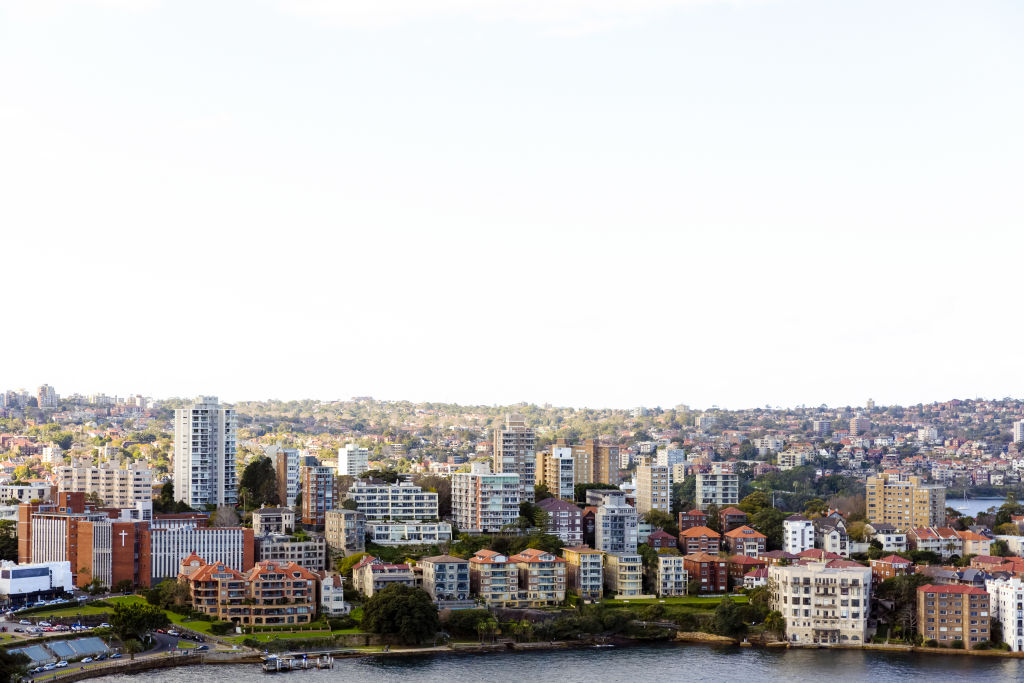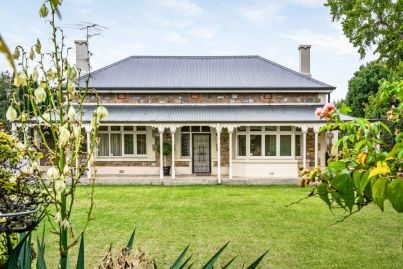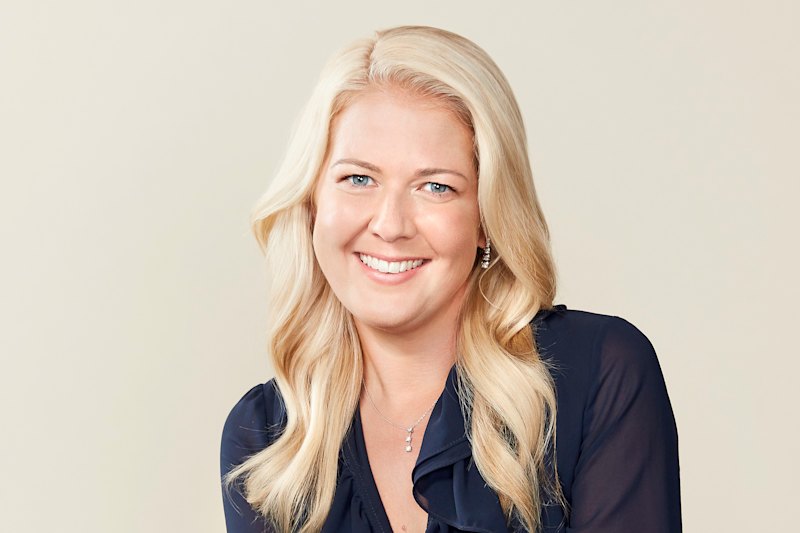How the property cycle works and how to use it to your advantage
It’s almost impossible to avoid the sensational stories of boom and bust as the Australian property market shifts through a price cycle.
But what drives the property cycle, and how can buyers and sellers capitalise on the cycle’s different phases?
What is a property cycle?
A property cycle starts with a boom, when prices and demand are high amid limited supply.
The boom is typically followed by a downturn, which can happen due to an oversupply of properties in the market, a reduction in borrowing capacities, or a combination of factors. In this phase, prices may fall, and demand is low.
With fewer buyers in the market, prices start to level off or fall – this is known as the stagnation or stabilisation phase.
Slowly, the property market starts recovering and more investors and buyers start entering the market, which is the upturn phase that leads to the next boom: the start of a new cycle.
Dr Nicola Powell, Domain’s chief of research and economics, says there’s a widely-held view that Australian property prices go through boom and bust phases when in fact it’s less dramatic than that, with ups and downs indicative of a healthy property market just like the expansion and contraction of an economy.
“In reality, what you tend to find is that prices, particularly in our big capital cities, go through substantial periods of an upswing, when we see rapid gains in property prices, and then they move into a contraction phase of the market,” she says.
“And what you tend to find is the contraction phase or when we see prices decline, it’s normally shorter and less severe than the upswing that preceded.”
Importantly, says Powell, that contraction phase doesn’t necessarily mean that prices are pulled backwards.
“It can be a period of more subdued growth where prices go more or less sideways,” she says.
This is often the case in smaller cities like Adelaide and Canberra, while in Sydney and Melbourne a big upswing is often followed by declining property prices.
“But it’s rare when we’ve seen that upswing, that growth phase, being erased by the downturn because the upswing is longer and sees greater rates of growth,” says Powell.
What drives a property cycle?
There are many different drivers says Powell, with population growth, interest rates, the availability of credit, tax and policy settings, health crises, big spending from federal government on infrastructure and buyer incentives all in the mix.
One of the factors that contributes to a downturn can be the loss of borrowing power when interest rates go up or when lending standards are tightened.
When prices stabilise, the Reserve Bank and economists tend to change their outlook and we hear talk of lowering rates or relaxation of lending criteria.

Buyers’ agent Dan Grantham of Grantham Buyers Agents says what’s happening internationally also impacts Australia via migration levels, inflation and foreign investment.
If the Australian dollar is low compared to other currencies, our market becomes more attractive to overseas buyers, pushing up demand for property.
Grantham says the duration of each phase of a cycle can vary widely, reflecting a range of socio-economic factors, with history showing both short, sharp upswings and long, drawn-out periods of growth.
Is there just one property cycle in Australia?
Powell is at pains to point out there’s no one single property cycle in Australia.
“A property cycle happens at a capital city level, but it also occurs at a sub-geographic level as well,” she says. “Suburbs across the city move through the property cycle at different paces, and they can react to different things occurring such as infrastructure, investment and things like that, which can change the demographics and the amenities within a particular area.”
Media headlines often talk about the property market as if it were a single market, but while general in nature, this coverage can still be useful when combined with analysis at a more local level.
“I think the broad headlines that cover your city give you a good finger on the pulse for where the property cycle is,” says Powell. “But I think that local knowledge and research on your local area is very important because it’s really hard to pick a peak and it’s really hard to pick a trough of the market.”
Grantham says talking to real estate agents or buyers agents can be helpful because they’re “on the ground” and can provide insight into what’s actually occurring as opposed to what you’re hearing in the news.
The ripple effect
As Australia isn’t a single property market moving through a single property cycle, certain markets tend to have changes in prices before others.
Premium suburbs in Sydney – those with the most expensive homes – are often the first to move. Price changes then flow outward, first to less expensive Sydney suburbs and then to other capital cities and regional areas in what’s known as the ripple effect.


Powell says the ripple effect is also evident when the market slows.
“In the suburbs where you see those more premium inner areas you start to see softness first, and it kind of ripples out to the outer areas and you tend to find those more affordable outer areas see less of a declining price compared to those inner premium areas.”

How understanding property cycles can help your property decisions
While buying low and selling high has long been the dream for property owners, it’s difficult to predict how long each phase of a property cycle will last, and therefore difficult to “time the market”.
“When you look at the price cycle overall what it tells us is it’s not about timing the market,” says Powell. “It’s actually time spent in the market that counts.”
That said, there can be some advantages to buying during the slump and stagnation phases.


Powell says one of the big benefits that comes with buying in a downturn is the fact that you usually have a bit more time on your side and can therefore be a bit more strategic in the decisions you make.
Grantham points out there’s likely to be more property to choose from, so buyers may be able to tick more items off their wish list.
The beginning of an upswing is a prime time for builders and developers to jump into the market, says Grantham.
“Everyone is sensing things are changing, consumer confidence is increasing and people are trying to get back into the market,” he says. “If you can buy and sell in the same market it’s the best way to protect yourself during an upswing.”
On the downside, when you’re buying in the latter stages of an upswing the fear of missing out can take over rational decision making, says Powell.
Ultimately there’s no substitute for doing your due diligence and sticking to your budget regardless of what phase a property cycle is in.
“Whatever market you’re buying in caution needs to be taken,” says Powell.
We recommend
We thought you might like
States
Capital Cities
Capital Cities - Rentals
Popular Areas
Allhomes
More











